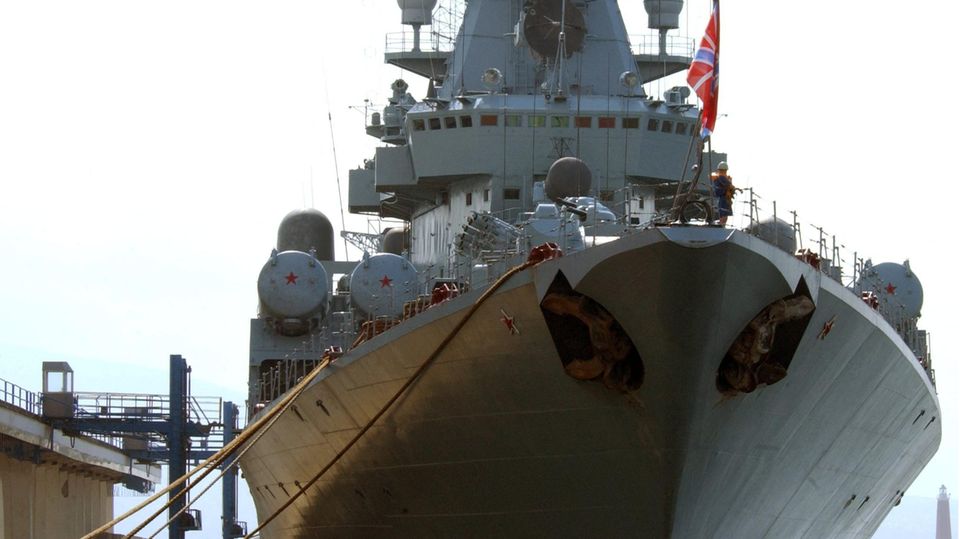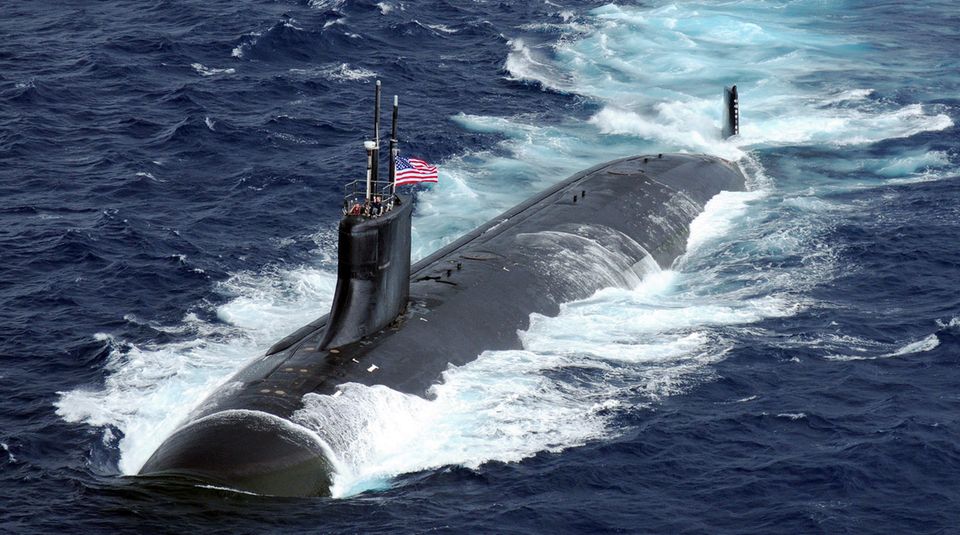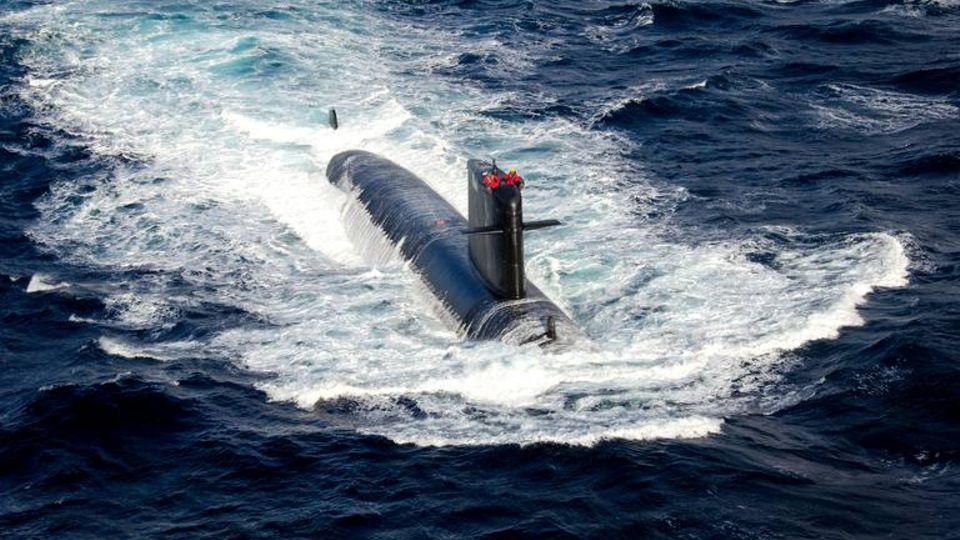Sinking of the “Caesar Kunikov”
Attack from different directions: Ukrainians destroy the next Russian warship
The “Caesar Kunikov” is shaken by several impacts and sinks.
The Ukrainian water drones have sunk the next Russian combat ship. The Russian Navy cannot endure two losses in two weeks. If the Russians don’t find a way to combat the floating drones, they will have to abandon the waters around Crimea.
The ship – “Caesar” – was named not after a Roman emperor, but after a hero of the Soviet Union who commanded the landing in the “small country” during the Caucasus battles. The battles for the bridgehead are also known because Leonid Brezhnev took part in them as a young man, although his role was later heavily embellished.
Attack with multiple drones
A video from the Ukrainian Group 13 shows the attack of several Magura V5 drones from different directions. A similar approach to that of the “Ivanovets”. Approaching from different directions makes defense more difficult. The aim is to make the ship unable to maneuver with the first few hits so that it can no longer escape. Further targeted impacts should then sink it. Also a reference to the limited effectiveness of a boat, one hit is not enough to tear apart an entire section of a ship.
The crew of the “Caesar Kunikov” does not seem to have noticed the drones. The guards of the “Ivanovets” still tried to fight the attackers with machine guns, although without success. No resistance was observed from the “Caesar Kunikov”. However, the video is edited. Both ships apparently could not detect the approaching drones with their radar. The Magura drones are not submarines. Nevertheless, they are built in such a way that they hardly look out of the water. This makes them difficult to see visually at night. And they are not detected by radar. The small structures are provided with a coating that absorbs the radar beam and does not reflect it. This is what makes drones so dangerous; even modern ship-based weapons for close-range defense are helpless if they cannot detect a target. In addition, even a lucky defensive hit is of little help if several drones attack. Contrary to what some media reports, the Magura is a boat and not a skimmer – that would be an extremely low-flying cruise missile.
Losses add up ominously
Recently we have only seen Russian losses. But the truth is that the Russians eliminated the Ukrainian navy at the beginning of the invasion and Kiev can no longer lose a ship due to a lack of mass. Since 2022, the Ukrainians have been able to sink or damage Russian ships at regular intervals. Damage is a broad field, ranging from “practically impossible to restore” to minor damage. And not all ships are the same. At the lower end of Russian losses are the Raptor class patrol boats; at around 17 meters long, they are hardly larger than pleasure boats. At the other end of the scale is the Russians’ most painful loss: the heavy missile cruiser Moskva, on April 13, 1922. In between are landing ships and corvettes. Even a submarine was badly damaged in a shipyard. The losses and severely damaged ships add up to eight small units (patrol boats, assault boats), three corvettes, one submarine, four landing ships and one heavy cruiser.
Kiev has been using cruise missiles and, more recently, water drones, remote-controlled small boats that barely peek out of the water and then ram another ship to explode there. The water drones can hit a moving target at sea, and they also offer another advantage. In the event of a failure, only the cheap drone boats will be lost. If missiles like Storm Shadow are supposed to hit the target, the operation becomes much more complicated. First, the air defense must be reconnaissance. In the past, for truly successful attacks, Russian air defense facilities first had to be switched off. Further preparatory attacks are carried out before the actual target. The jets carrying the missiles always have to expose themselves. You run the risk of being shot down every time.
Deadly waters
These successes will not change the course of the war. But they will drive the Russian navy out of the western part of the Black Sea. Regular losses that are not matched by gains are meaningless for Moscow. But this also means that the sea routes to supply Crimea will be canceled and all goods will have to be transported across the Crimean Bridge. Without Russian ships, there is hope of reopening the route for merchant shipping to Ukraine and thus boost grain exports. However, Russia can attack and destroy the storage facilities and loading stations. The drone strikes are effective, but Kiev can hardly carry them out without the US. It can be assumed that the targeting will be taken over by the USA. And in this form of warfare, too, the following applies: Kiev can jump exactly as far as Washington releases the leash.
As with the “Ivanovets”, the helplessness of the combat ship is striking. Therefore, the celebration in the West should be muted. These drone operations will take a close look at any country that fears being attacked by an overpowering navy. What Kiev is achieving is not unattainable for Russia, Iran or North Korea. Ultimately, every country with a defense industry is able to build such drones. Brazil, Türkiye and South Africa for example. The power of the USA is based on dominance at sea, on the fleet. Cheap innovations that affect even large ships could threaten the United States’ global power projection. It would be entirely conceivable that Houthi drones could soon threaten US warships in the Red Sea.






